The engraving on the mounting base clearly indicates Chambre Claire Universelle Modèle Déposé, Made in France, together with the initials PB belonging to Pierre Berville, one of the most renowned manufacturers of optical instruments in France during the late nineteenth and early twentieth centuries. This type of camera lucida, intended mainly for artists, naturalists and academic drawing instructors, was an essential tool for accurately reproducing contours and proportions thanks to the use of a special prism that superimposes the image of the model onto the paper. The prism included in this example is preserved in excellent condition and still allows a precise and clear view, free of alterations or loss of transparency. Likewise, the twelve original supplementary lenses accompanying the instrument are complete, without fractures or veiling, and each is stored in its numbered compartment within the case.
The extendable brass arm operates with surprising smoothness for an instrument 140 years old. The telescopic system reaches its full length without friction points and each section preserves its cylindrical line intact. Likewise, the articulated mechanism responds precisely to each adjustment, maintaining the desired position firmly with no play or loss of stability. The table-mounting support, operated by a deep-thread screw, remains solid and fully functional, allowing the instrument to be used exactly as in its original period. This level of operability is very uncommon in camera lucidas of such age, especially in models made entirely of brass.
The set has an extraordinary visual charm that combines the nobility of aged brass with the refined elegance of the wooden case. It is a perfect piece to display in a scientific collection cabinet, a drawing studio, a library, a space dedicated to historic optical instruments, or for real use, given the excellent state of preservation. The presence of the PB signature engraved on the base further enhances its interest, as Berville models are currently highly sought after due to their scarcity and the indisputable quality of their construction. This example is ideal both for advanced collectors and for those wishing to incorporate a high-level antique scientific piece, in perfect condition and ready to be enjoyed.
A camera lucida from 1880 as complete and in this condition is extraordinarily difficult to find. It is an authentic piece that combines elegance, technical precision and full functionality. It represents an outstanding opportunity to add to any collection a historical optical instrument of exceptional quality.
Measurements: Maximum total length when fully extended: 48 cm (18.90 in). Case: 30 cm (11.81 in).
History of the Camera Lucida
The camera lucida was invented by William Hyde Wollaston in 1807 and since its appearance it became an essential tool for draftsmen, scientists and academics. This ingenious optical device allowed the image of the observed object to be superimposed onto the drawing surface, making it easier to represent contours and proportions accurately without resorting to complex perspective calculations. During the nineteenth century, its use spread widely in art academies, architecture studios, natural history laboratories and scientific expeditions, as it enabled the creation of precise sketches quickly and with great fidelity.
As the century advanced, different European manufacturers began improving the original design, introducing more stable articulated systems, extendable arms, prisms of higher optical quality and sets of lenses that allowed the camera to be adapted to different focal distances. France became one of the most important production centres, and workshops such as that of Pierre Berville stood out for the mechanical precision of their instruments and for the refinement with which they worked brass and adjustment mechanisms. These models were appreciated for their durability, ease of handling and ability to offer clean and well-defined images.
Although its popularity decreased with the arrival of photography, the camera lucida continued to be used in fields such as microscopy, scientific illustration, landscape drawing and portraiture, where the hand of the draftsman remained indispensable. Today, antique camera lucidas represent a fascinating chapter in the history of optics and technical drawing. Complete pieces in good condition are highly valued in private collections and museums, and by professional and amateur draftsmen, as they directly illustrate the evolution of representation techniques before the photographic era. We are professional antique dealers. To see more photos of this item, Please click on this link:
https://www.antiguedades.es/en/antique-cameras/5335-antique-brass-camera-lucida-pierre-berville-complete-paris-france-circa-1880.html







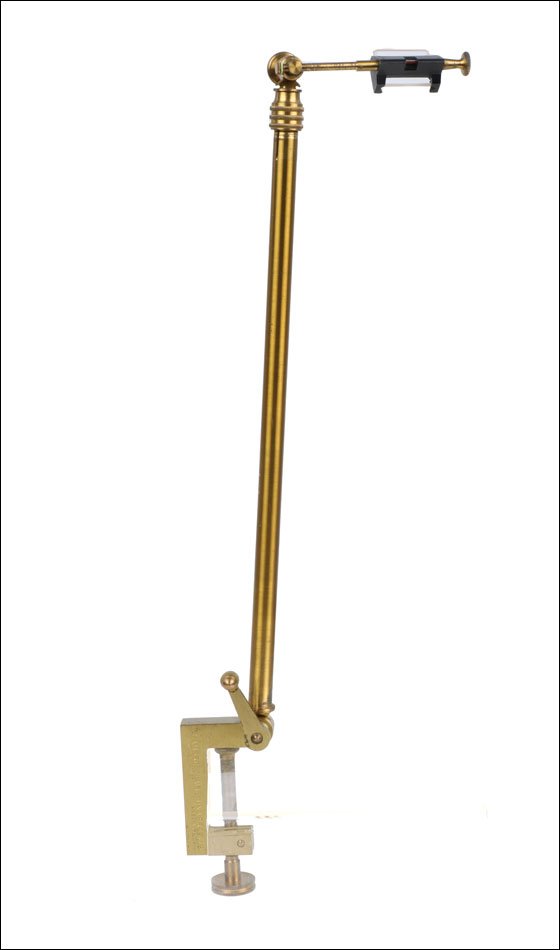




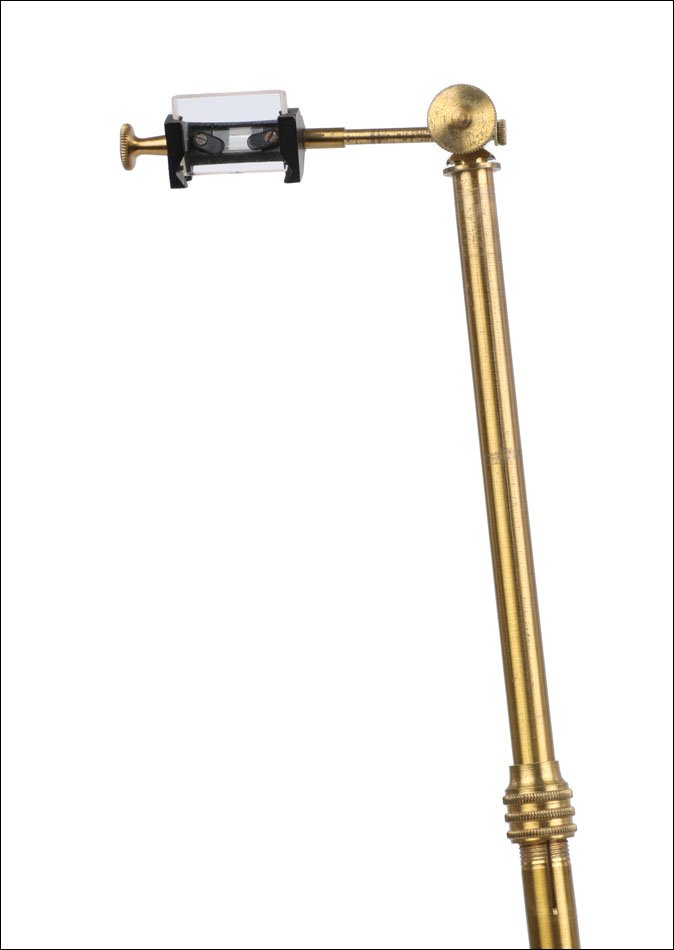














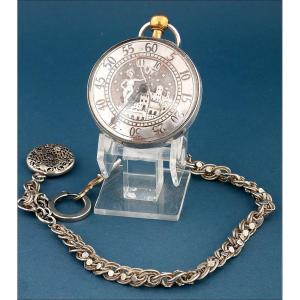









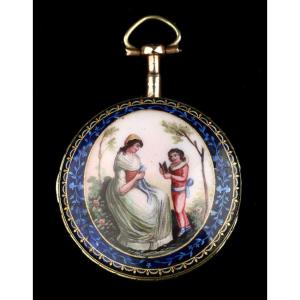

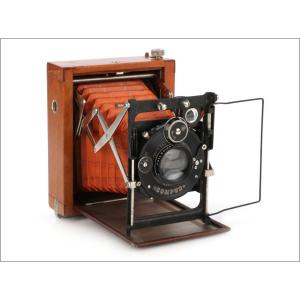
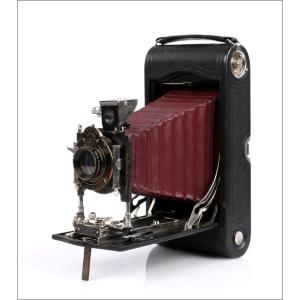


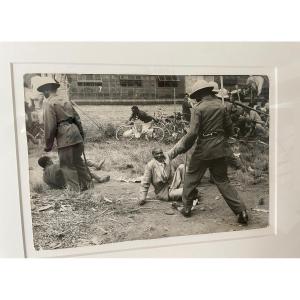




 Le Magazine de PROANTIC
Le Magazine de PROANTIC TRÉSORS Magazine
TRÉSORS Magazine Rivista Artiquariato
Rivista Artiquariato